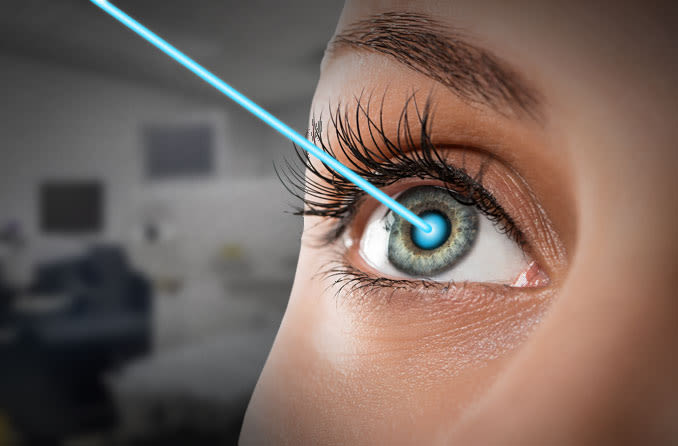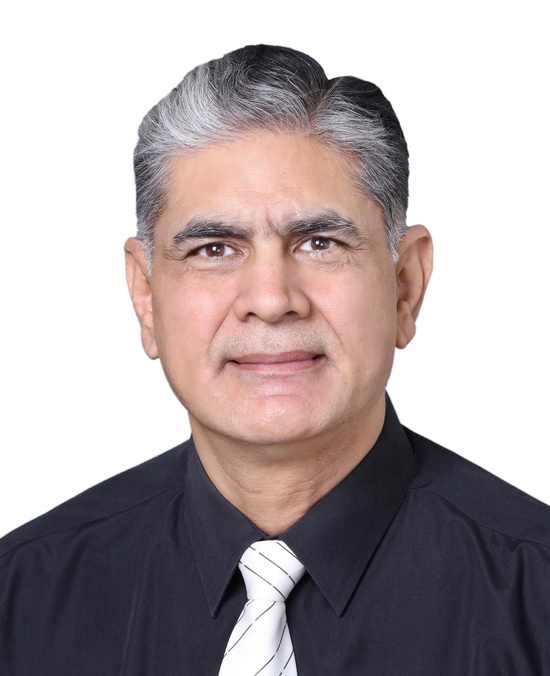Menu

Having an eye exam doesn’t just involve finding out if you need glasses or contacts—your optometrist may also recommend eye surgery to correct conditions like astigmatism, nearsightedness, farsightedness, and cataracts. But before scheduling eye surgery, it’s helpful to learn about the differences between two of the most common procedures: cataract surgery and LASIK. Here’s a look at what each one involves and how they compare to each other. If you want to get cataract surgery done Suhail’s Oculab in Lahore is the best eye hospital.
A squint, or strabismus, is caused by one eye not tracking with its counterpart. Typically, a squint occurs in just one eye. There are two types of strabismus: Concomitant squint (formerly known as internal strabismus): Both eyes face inward but are focused on different objects. This condition may affect a child's ability to see clearly. Convergent squint (formerly known as esotropia): The eyes are pointed straight ahead but converged (focused) on different objects, making it difficult to see objects that require both eyes to work together—like reading text on a chalkboard or watching television while sitting at arm's length from your TV. A child may also cross his eyes when tired or frustrated by certain tasks. For squint surgery, you can call Suhail’s Oculab on 03111116600.
A cataract is a clouding of your eye’s lens. With age, changes occur in the cells within your lens that can lead to cloudiness or opacity. When you have a cataract, it affects how you see – making it difficult to read, drive or recognize faces. If left untreated, a cataract will continue to grow over time – causing vision loss that cannot be reversed by glasses or contact lenses. For most people with cataracts, surgery is their best option for restoring clear vision and reducing dependency on glasses. Depending on your age and needs, there are two different types of surgeries: cataract surgery and LASIK. We recommend both! Here’s how they differ
Lasik eye surgery is a laser vision correction procedure used to correct common vision problems like nearsightedness, farsightedness, astigmatism, and presbyopia. The goal of Lasik surgery is to improve your eyesight by reshaping or removing part of your cornea—the clear front part of your eye that covers your iris and pupil. Lasik (which stands for laser-assisted in situ keratomileuses) uses an advanced microkeratome blade to slice off a small portion of your cornea; then, lasers reshape its structure before it's returned to its original place in your eye. When you have both procedures performed at once, it's called combined laser cataract surgery.
Lasik surgery is one of a number of vision correction procedures, although it’s considered one of the best options on today’s market. Other alternatives include glasses, contact lenses, and cataract surgery. Lasik usually isn’t recommended for those who have thin corneas or active eye disease. Some people also choose glasses as an alternative because they are less invasive than Lasik, especially if you aren’t comfortable with a laser being used near your eyes. Glasses are cheaper as well since contacts tend to be more expensive. However, if you wear glasses on a regular basis it can be frustrating having to take them off while playing sports or spending time outdoors.

The proficient best eye specialist in Lahore.
Prof. Dr. Suhail Sarwar, an eminent cataract surgeon in Lahore and he is a famous eye specialist in Lahore because of his notable contributions to ophthalmic research. He has more than 30 years of experience in Mayo Hospital and King Edward Medical University that has the best eye hospital in Lahore, Pakistan. Now you people don’t need to go to all paranoia for getting your eye check-up done because we have found the best eye hospital in Lahore. This clinic assures that you get a top-quality treatment by providing you with the best eye doctor in Lahore.